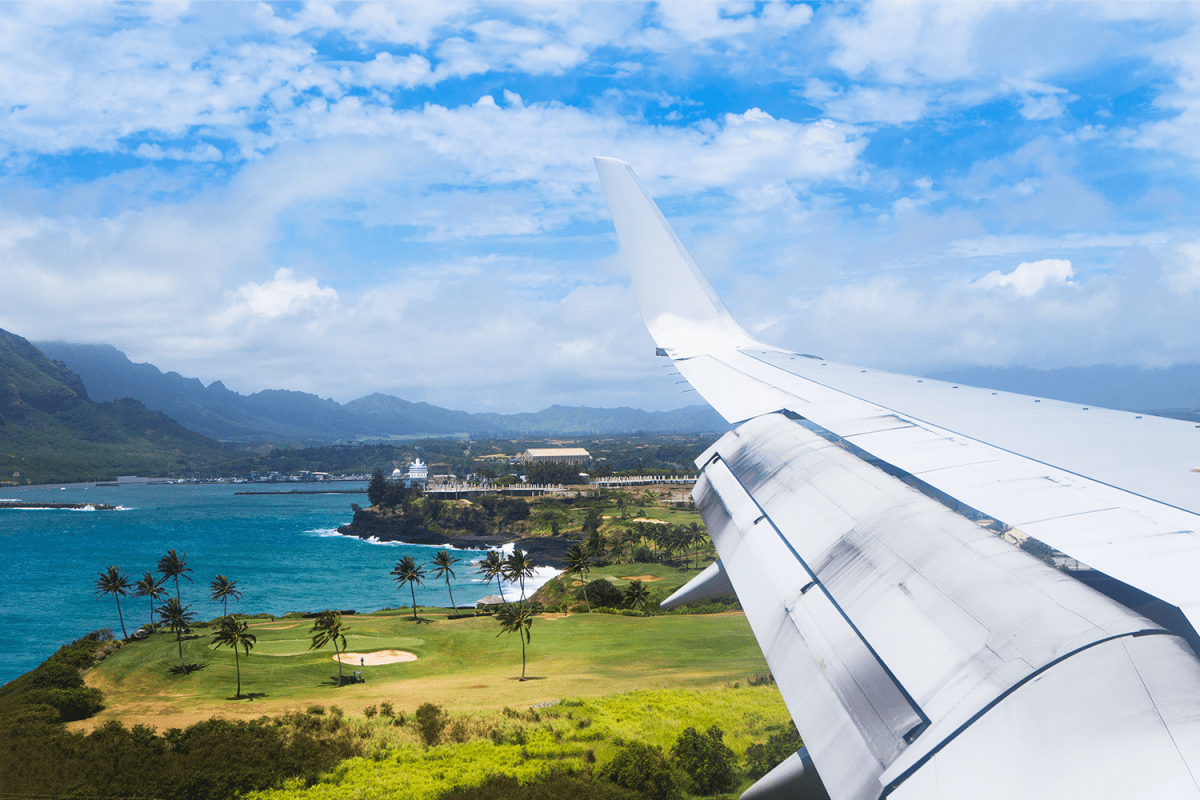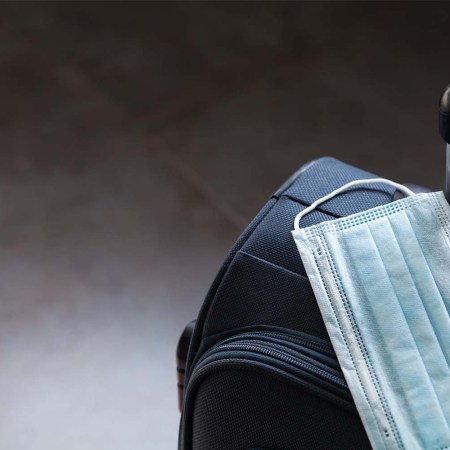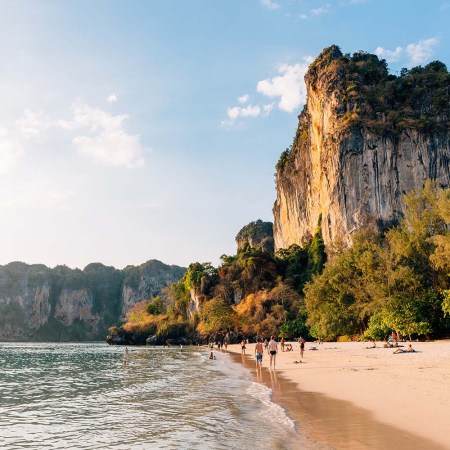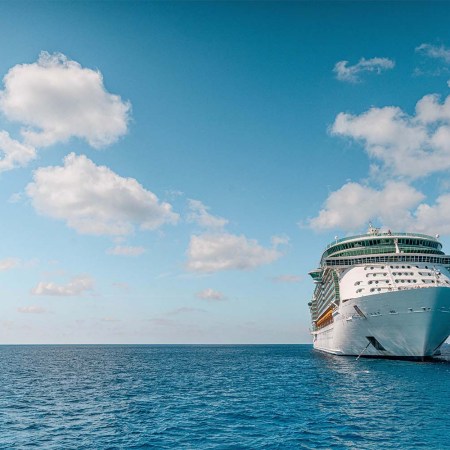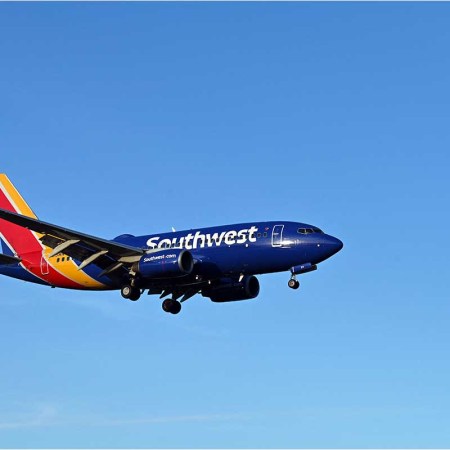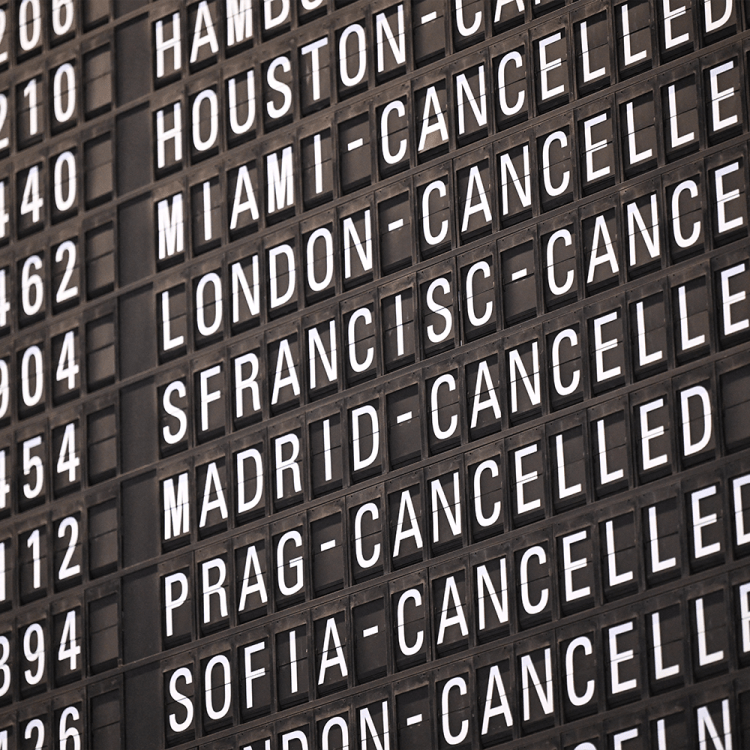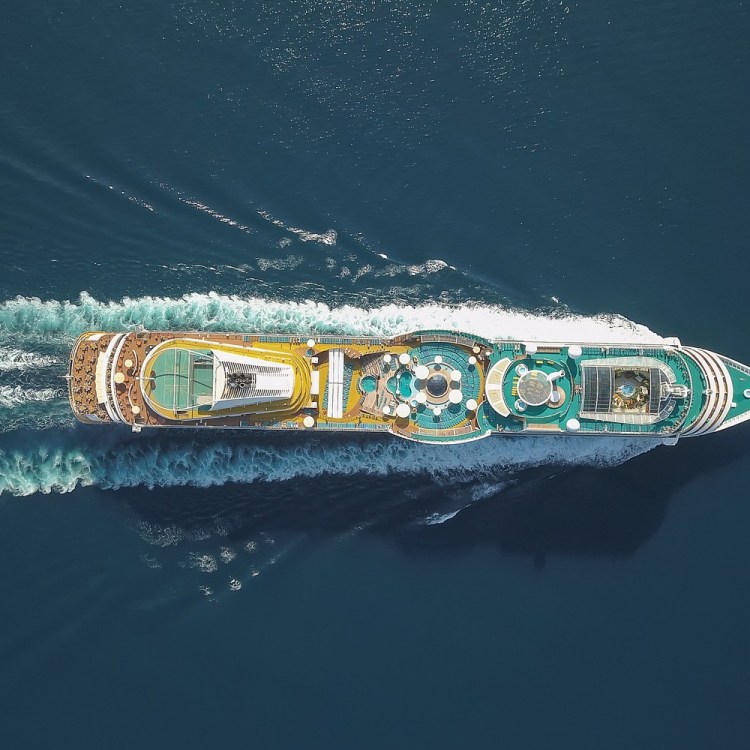Many native Hawaiians, up to and including Governor David Ige, have made their stance on tourists visiting the islands explicitly clear these past several months: they don’t want visitors right now.
And for good reason. Chief among them is COVID. But there are also reasons directly tied to the flood of tourism that has descended on the islands since regulations relaxed earlier this year. Between a lack of transportation, traffic congestion and a surplus of trash, Hawaii’s problems are starting to feel eerily reminiscent to Venice’s.
Another struggle both destinations have dealt with in a big way is a water shortage. This past August, per a report from The Washington Post, residents in areas of Maui County were facing up to $500 in fines for using water for nonessential activities, such as “washing a car or watering a lawn,” a result of drought conditions at the time. Much of the subsequent outrage stemmed from the consumption of the hotel and tourism industry, which remained largely unregulated … and very much at residents’ expense, causing them to buckle down on their attitude towards tourists.
Around that same time, at the onset of the Delta spread, Ige went public with his plea, requesting tourists refrain from coming to the islands. “It is a risky time to be traveling right now,” he said in a statement, citing restaurant capacities and rental car shortages in an effort to dissuade visitors.
But just yesterday, the state — per its travel data — welcomed more than 26,000 arrivals, the overwhelming majority of whom were there for pleasure or vacation. That’s approaching pre-pandemic numbers. The banner day also coincided with another announcement from Ige. This time, though, the message was different.
“Thanks to the people of Hawaii for their patience and for taking precautions to keep our communities safe. Our state continues to see one of the lowest incidences of COVID-19 and death rates related to the virus. As more and more people are vaccinated, we are moving to ease pandemic mitigation measures — including travel restrictions — in a way that ensures the health and safety of our communities,” he said in a press conference ahead of November 8, when international travelers will be allowed back into the U.S.
In addition to his plan to follow federal guidelines where travel restrictions are involved — meaning anyone who’s been vaccinated or has received a negative PCR test will be allowed entry — Ige also announced that, beginning November 12, outdoor activity at social establishments (bars, restaurants, etc.) will no longer be subject to any restrictions.
It’s tough to gauge how Hawaiians at large will react to Ige’s apparent change of heart. Tourism is the largest single source of private capital for Hawaii’s economy, accounting for well over 200,000 jobs, and so there most certainly exists a contingent of residents who will support the influx of vacationers ahead of a busy holiday season. But for those who do wish to keep the tourists at bay — and their lawns watered — Ige’s announcement doesn’t bode well. For those people, COVID restrictions were in some ways a saving grace, one of the only remaining deterrents to a booming industry that overburdens resources in many parts of the state.
So should you be traveling to Hawaii right now? What we can confirm for an absolute fact is that the consequences of overtourism are very bad, as evidenced by the situation in Venice. Is it the responsibility of individuals to negate those effects where legislators fall short? That’s up for you to decide.
Regardless of what side of the issue you land on, don’t expect a unanimously gracious welcome upon arrival.
Thanks for reading InsideHook. Sign up for our daily newsletter and be in the know.
